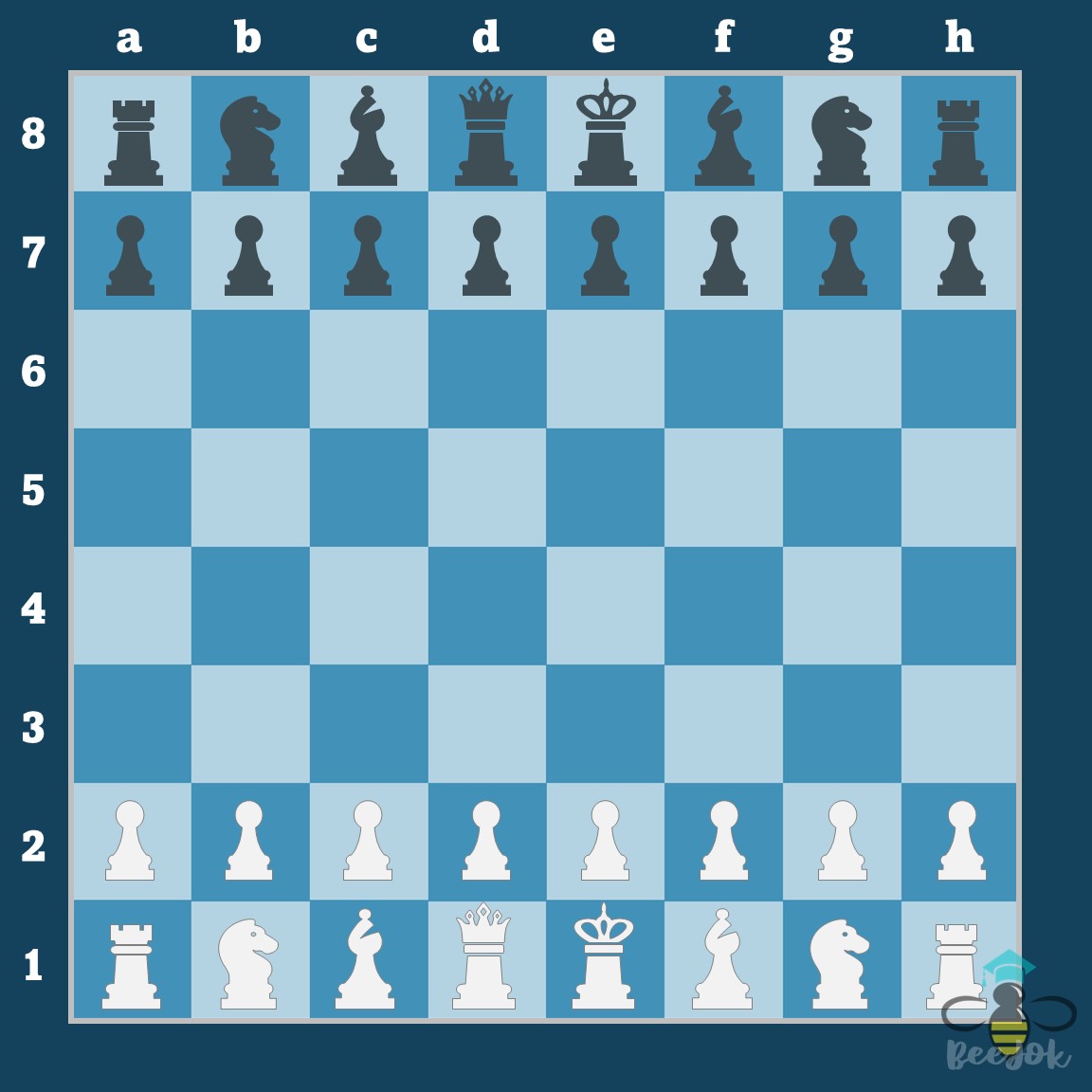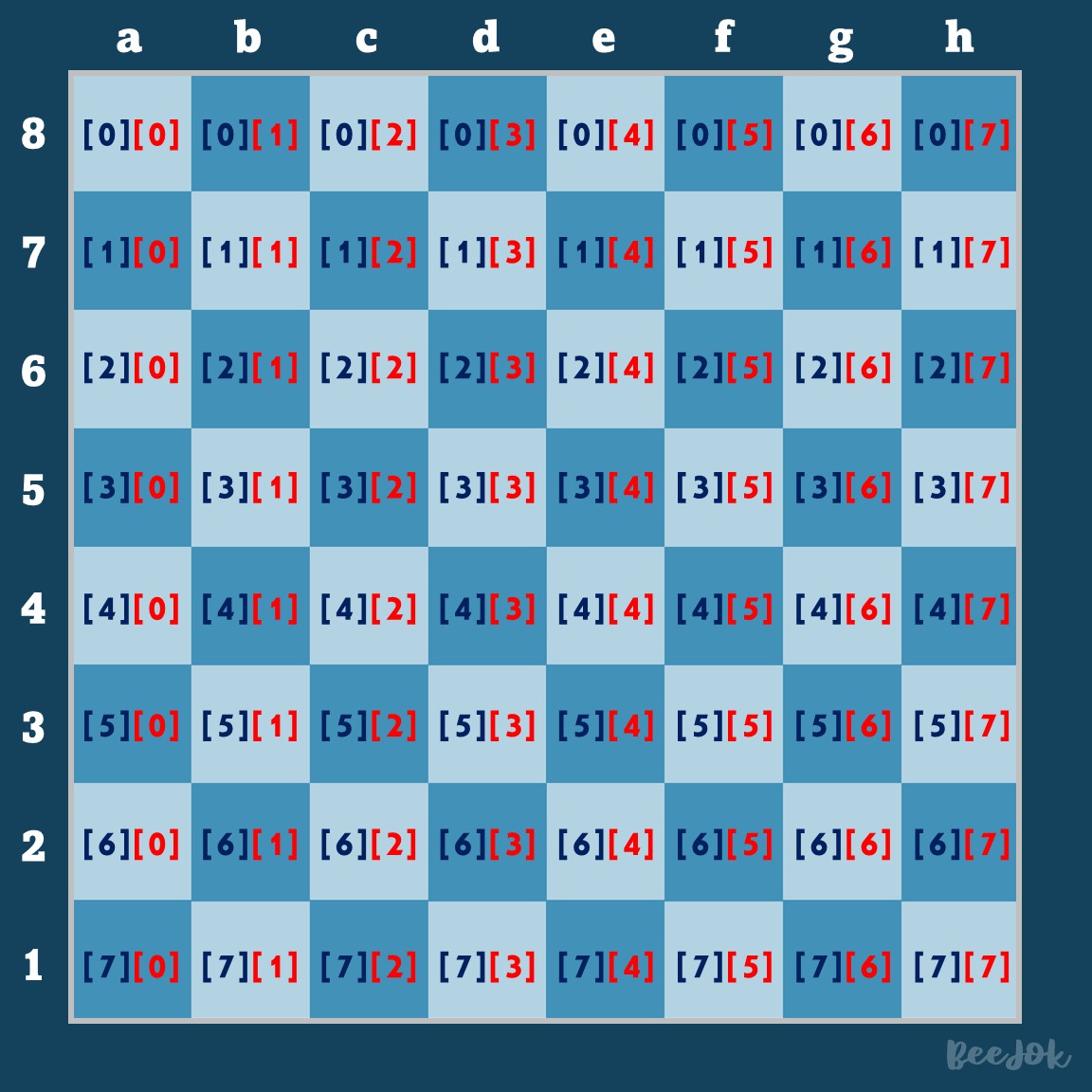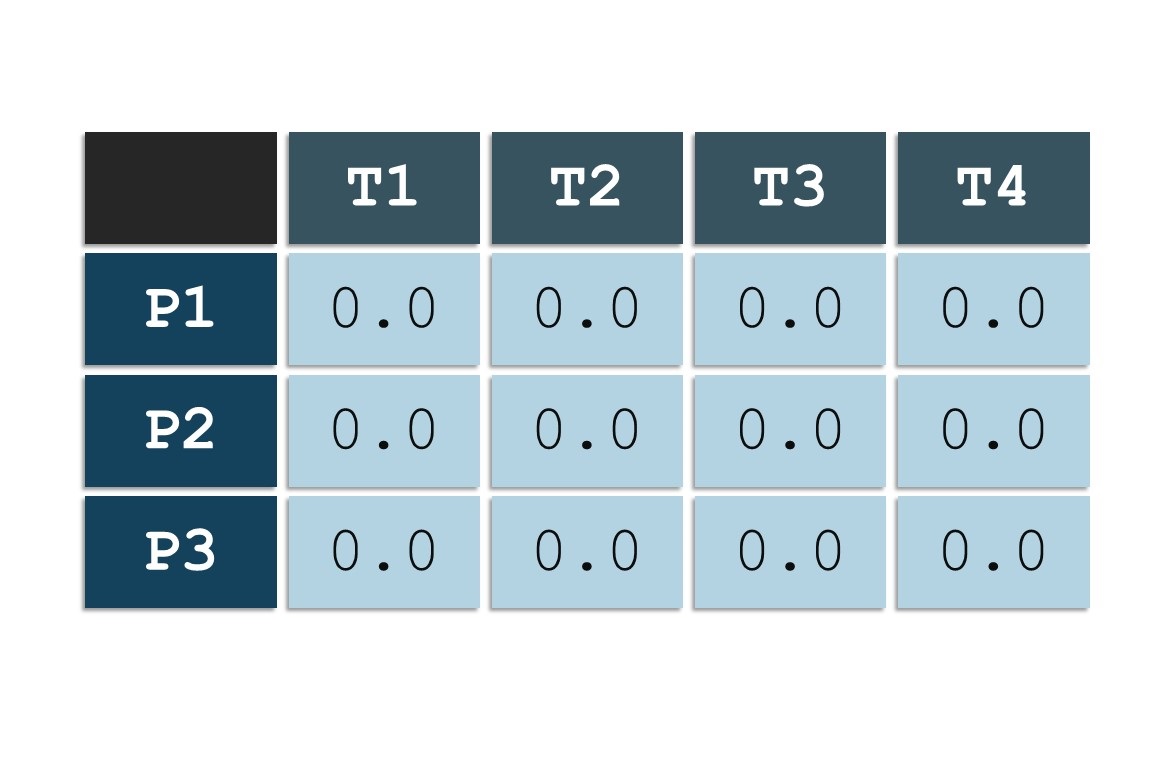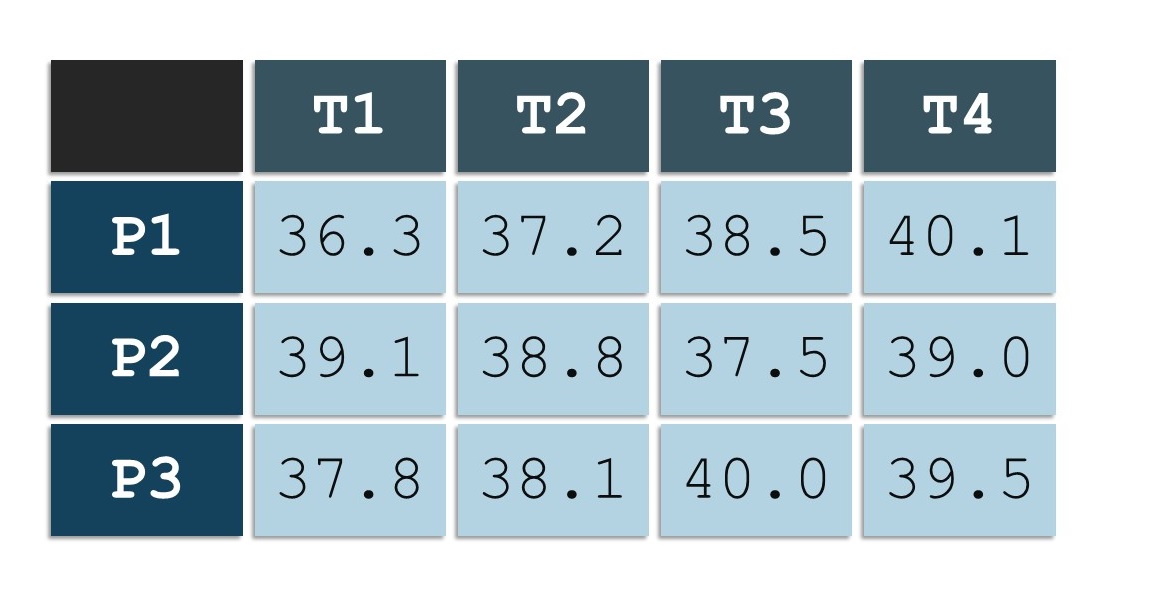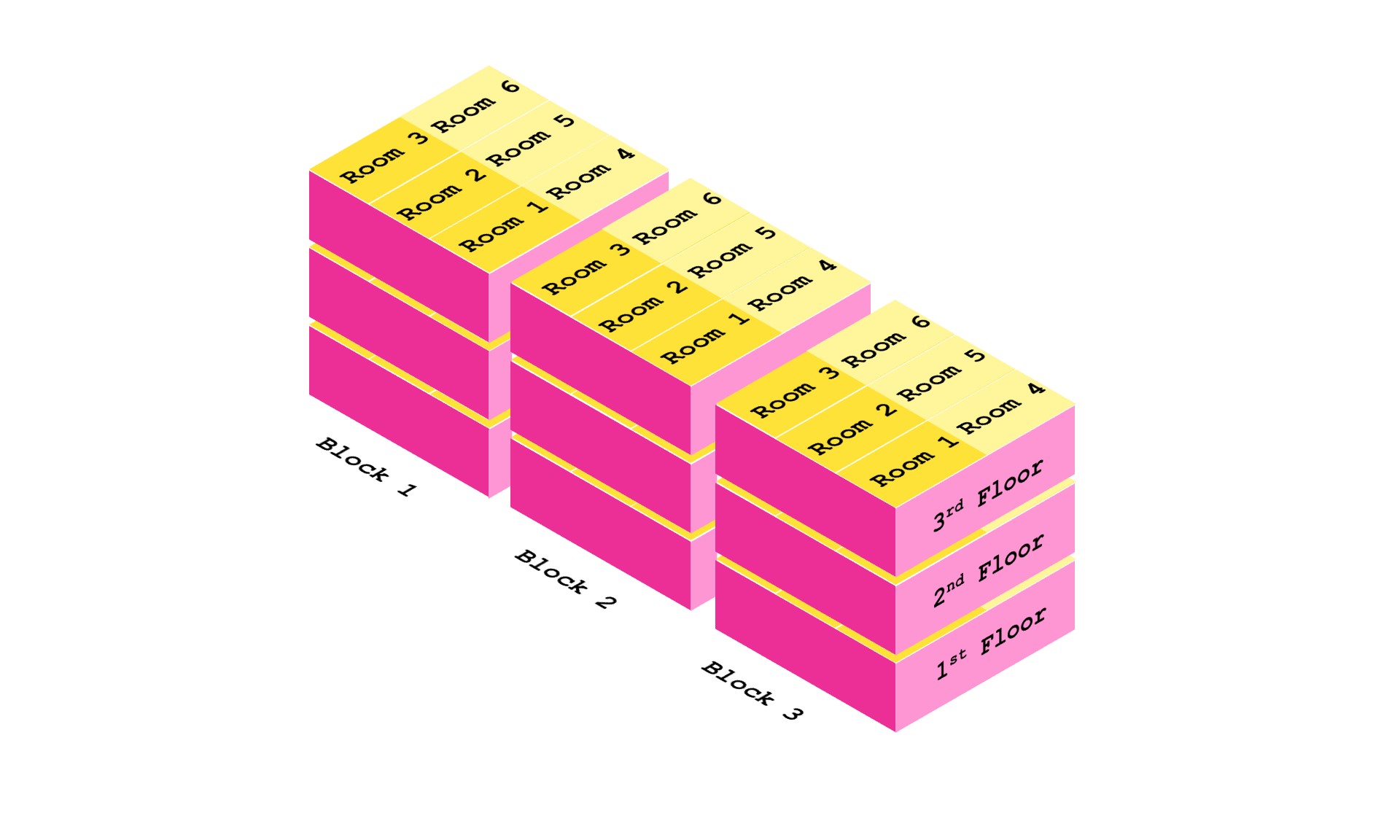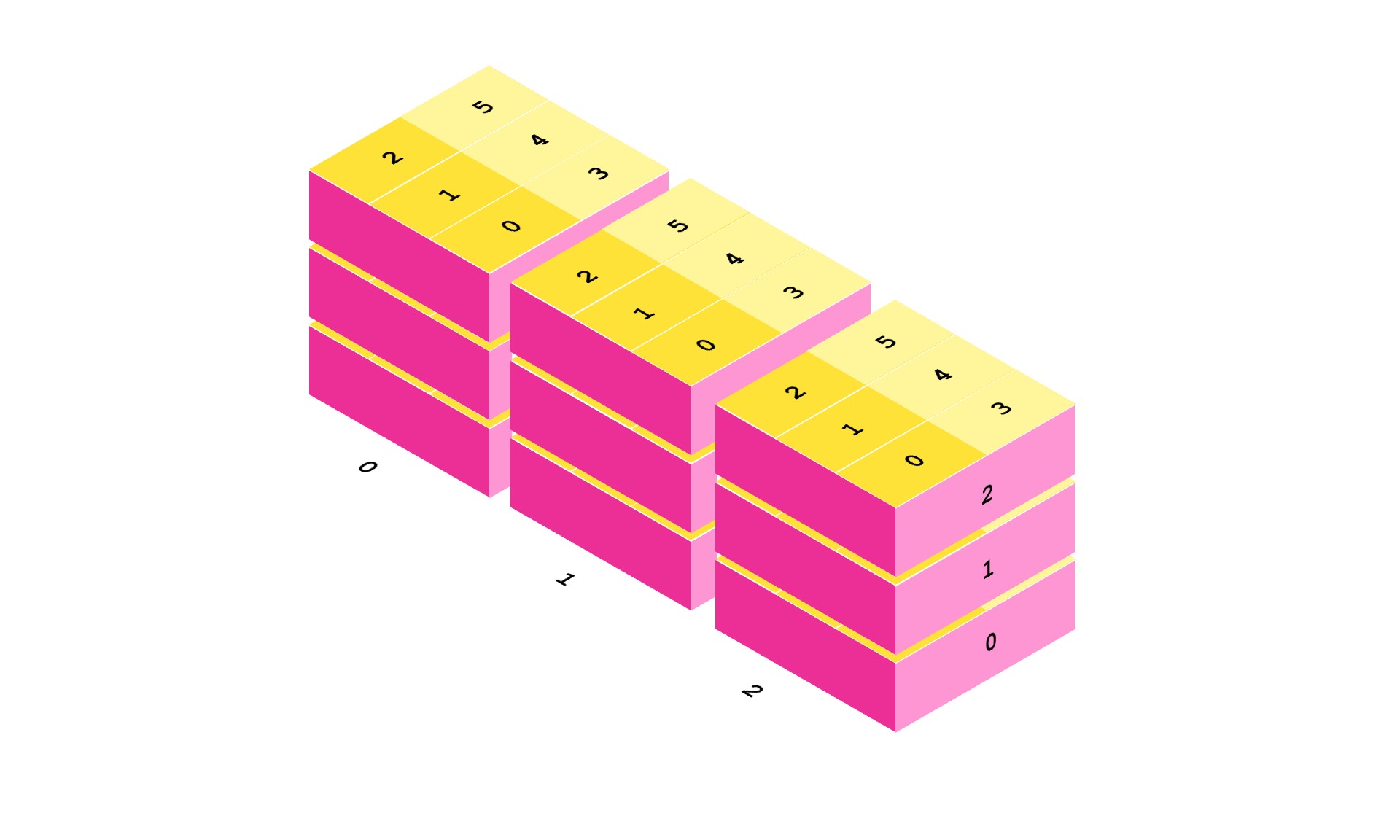Introduction
In this section, we will explore the fundamentals of arrays, nested lists (matrices), and list comprehensions. These concepts are essential in programming and can greatly enhance your ability to work with collections of data in a structured and efficient manner.
Arrays are data structures that allow you to store multiple values of the same type in a contiguous block of memory. They provide a convenient way to organize and manipulate data, whether it be integers, floating-point numbers, characters, or other types. By understanding arrays, you can efficiently access and manipulate individual elements, perform mathematical operations, and process data in a systematic manner.
Nested lists, also known as matrices, are lists within lists. They allow you to represent multi-dimensional data structures, such as tables or grids, by organizing elements into rows and columns. With nested lists, you can access and modify specific elements using indices or perform operations that involve multiple dimensions. This powerful concept enables you to work with complex data arrangements and tackle various programming challenges.
List comprehension is a concise and elegant way to create new lists based on existing ones. They provide a compact syntax for transforming, filtering, or combining elements from one or more lists. By leveraging list comprehensions, you can write expressive and efficient code that performs complex operations in a single line. Understanding list comprehensions unlocks the potential for more concise and readable code while reducing the need for explicit loops.
Throughout this section, we will dive into the concepts of arrays, nested lists, and list comprehensions, providing clear explanations, practical examples, and hands-on exercises. By mastering these fundamental concepts, you will gain a solid foundation in data manipulation and be equipped with powerful techniques to handle diverse programming tasks effectively. Let's begin our exploration of arrays, nested lists, and list comprehensions to unlock new possibilities in your programming journey.
